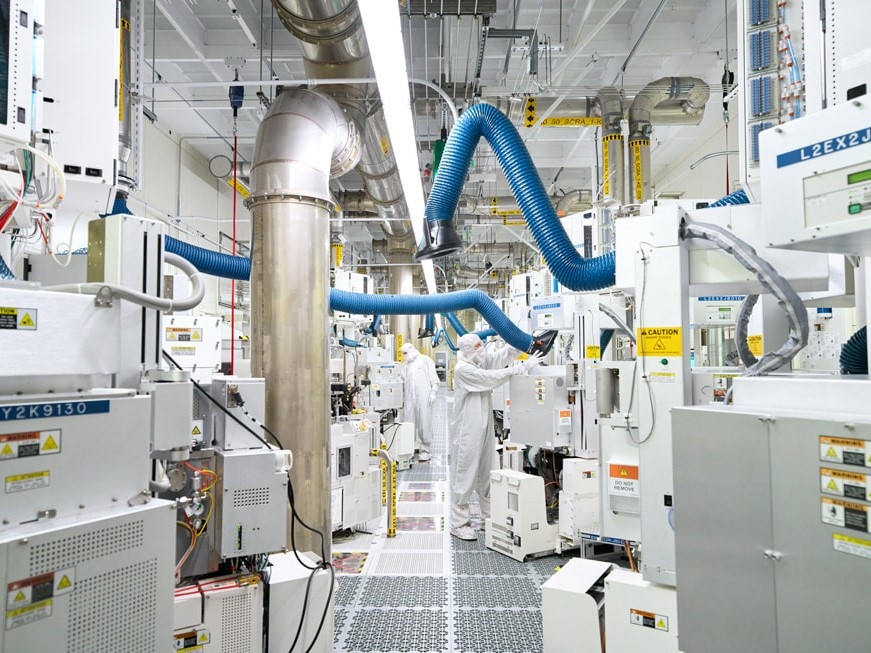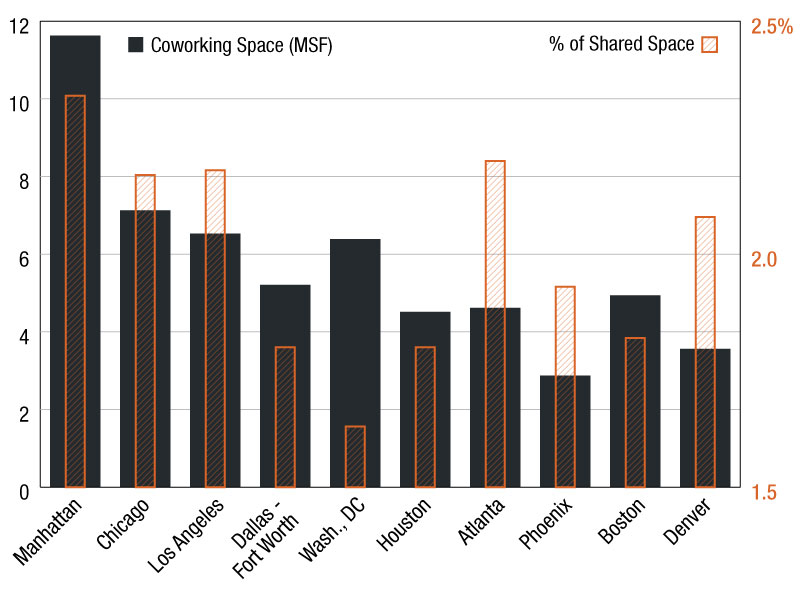David Rockefeller, Champion of Lower Manhattan, Dies at 101
The billionaire and world renowned statesman passed away at his home in Pocantico.
By Barbra Murray, Contributing Editor
New York—David Rockefeller, so much more than a man with a famous family name, died March 20 at the age of 101. The billionaire—and world renowned statesman, lauded patron of the arts, legend in the finance industry and an equally iconic figure in the world of philanthropy—leaves behind an estimable legacy in the New York City real estate industry as well, having formed the foundation for the blossoming of Lower Manhattan into the thriving market that it is today.
“He embodied the values of reverence for the Earth, stewardship of the arts, and service to humanity. He taught us to leave the world a better place than we found it through hard work, strong and diverse relationships, and generosity,” Michael Quattrone, board chair of the David Rockefeller Fund family foundation, said of his grandfather in a prepared statement.
Born in 1915 to John Rockefeller Jr. and Abby Aldrich Rockefeller, David Rockefeller distinguished himself early on. In 1936, he graduated from Harvard University, and went on to obtain a PhD in economics from the University of Chicago in 1940. From there he took his first major step as an advocate for New York City as secretary to then-mayor Fiorello La Guardia. He later served in the U.S. Office of Defense, Health and Welfare Service and soon after, joined the U.S. Army at the height of World War II in 1942. He began his legendary tenure at Chase National Bank in 1946 and rose to the top as CEO in 1969, before retiring in 1981. But it was mid-century when he began removing a shrinking Lower Manhattan from the encroaching shadow of Midtown.
One of the major moves Rockefeller made in his bid to rescue Lower Manhattan was bringing together players in the local business arena to establish the Downtown-Lower Manhattan Association. The formation of the group yielded the development of 45 new office properties totaling roughly 32 million square feet between 1960 and 1972. One of the those buildings was One Chase Manhattan Plaza, which, having reached completion in 1960, served as a magnet for other office users to the area. “In retrospect, it was a risky decision, but we hedged our bets by trying to convince others that remaining Downtown was not only in their best interests but also in the best interests of the community as a whole,” Rockefeller told New York’s Downtown Alliance in an interview. “Our commitment to both stay and build a new headquarters convinced a number of other banks, brokerage houses, and, indeed, the New York Stock Exchange, to remain Downtown and to upgrade their own facilities.”
Through the D-LMA, Rockefeller’s fingerprints are all over Lower Manhattan. The association was instrumental in the development of the World Trade center, the building of Battery Park City and the creation of the 1993 Plan for Lower Manhattan, and it continues to play a large role in the restoration of the area in this post-9/11 environment.
Rockefeller remained active in his various public pursuits until the end. (He attended the Fund’s board meeting just a few months ago in December 2016.) He passed away at his home in Pocantico, N.Y.—gone but never to be forgotten.
Image courtesy of Downtown Alliance








You must be logged in to post a comment.